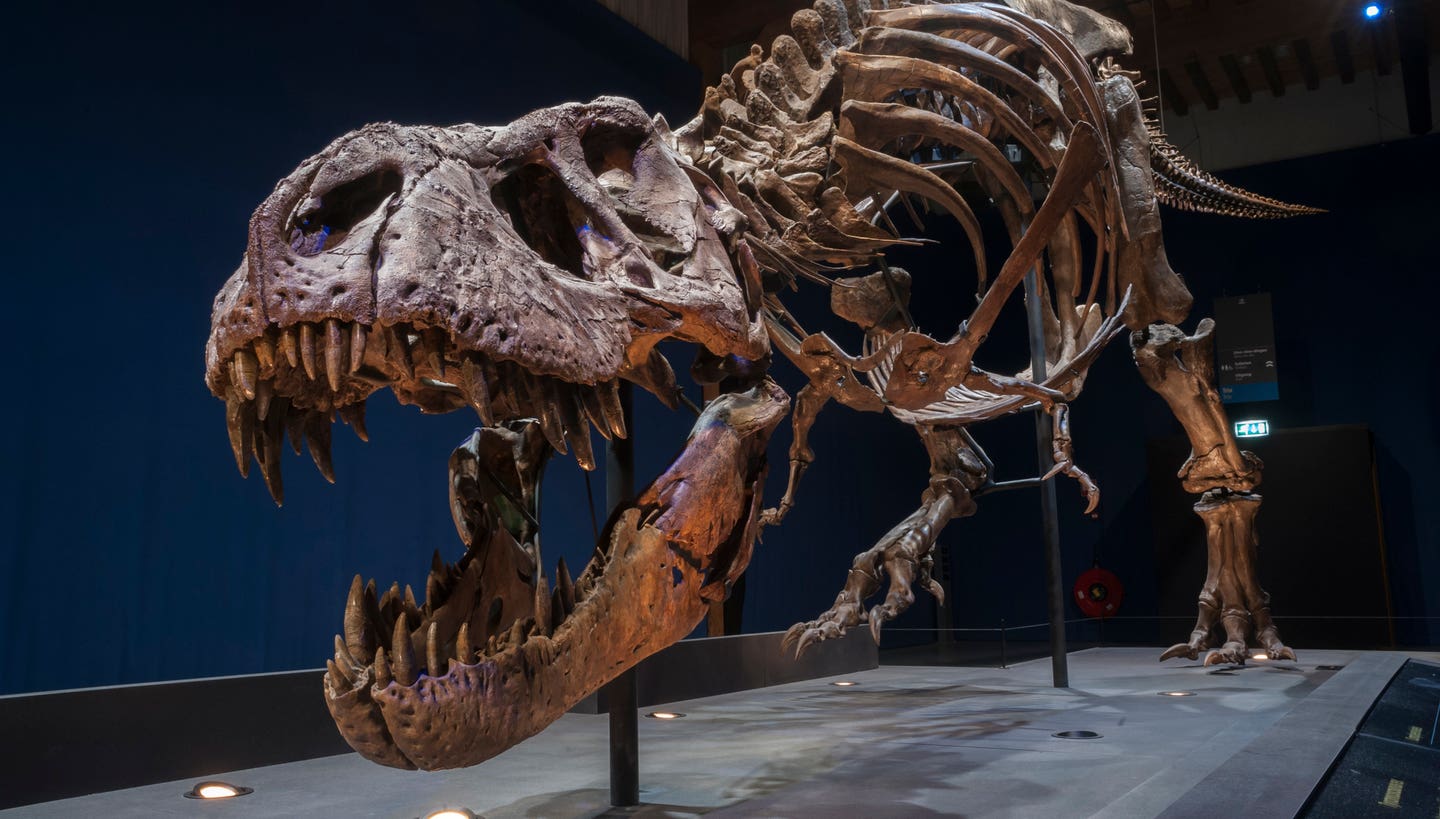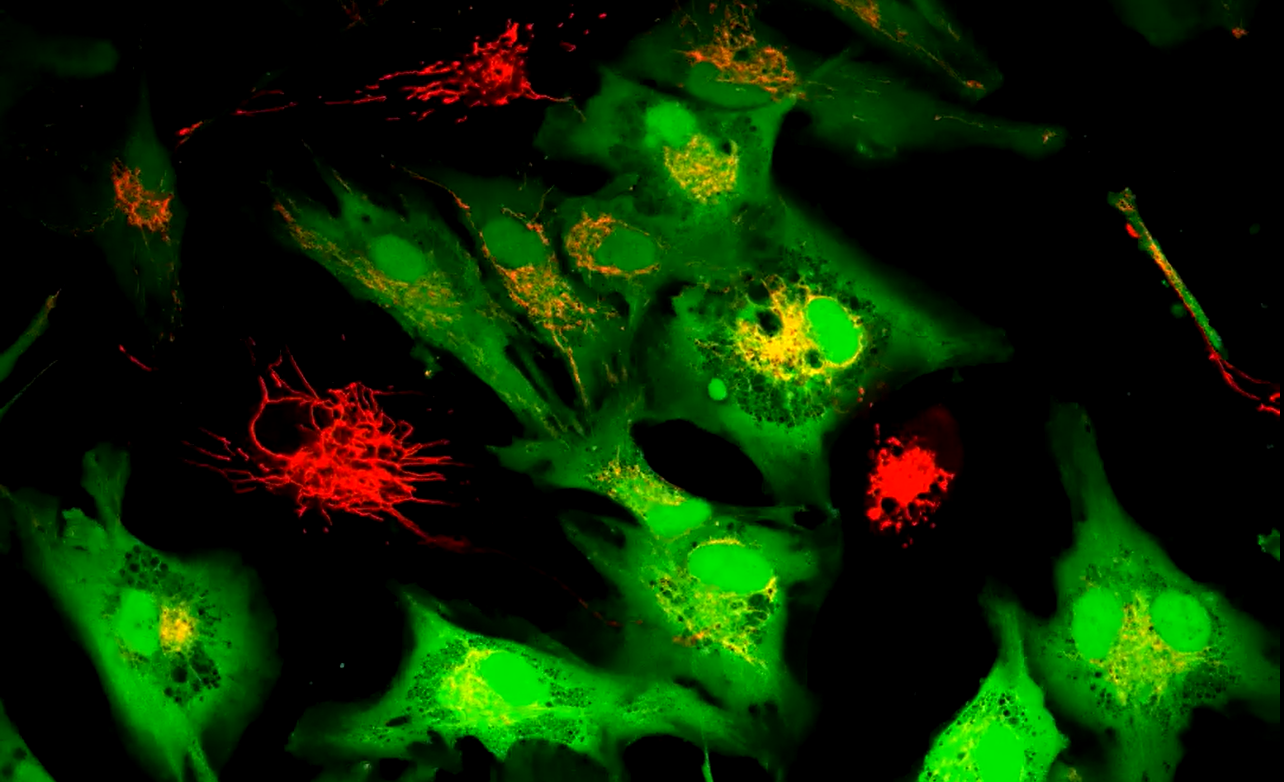Dinosaur fossils could hold the cure to cancer, study finds
Dinosaur fossil studies offer groundbreaking insights into cancer evolution, aiding modern disease research and treatments.

Dinosaurs faced cancer much like today’s animals, new studies show. (CREDIT: Naturalis Biodiversity Center)
Dinosaurs aren't typically associated with cancer, but emerging research suggests otherwise. Recent studies reveal that dinosaurs faced cancer risks much like modern animals do today, prompting scientists to rethink how we study ancient diseases. Researchers now believe examining fossilized soft tissues—not just bones—could provide groundbreaking insights into cancer’s evolution.
Cancer Through Evolutionary Eyes
Life-history theory explains how living creatures allocate their energy and resources among growth, reproduction, and survival. Developed by evolutionary biologists Stephen Stearns and Derek Roff in the 1970s, this theory historically overlooked cancer as a factor. Yet, discoveries of tumors in dinosaur fossils, particularly in large-bodied hadrosaurs from the Late Cretaceous period, are reshaping our understanding.
Dinosaurs, like modern elephants and whales, were massive creatures. Large body size comes with increased cell numbers and longer lifespans, factors that typically boost cancer risk. Despite this, modern large animals have evolved unique ways to resist cancer.
Elephants, for instance, have multiple copies of the TP53 tumor suppressor gene, while whales possess highly efficient DNA repair systems. Did dinosaurs have similar protective strategies? Researchers aim to answer this by analyzing molecular traces in dinosaur fossils.
Unlocking Secrets in Soft Tissue
Traditional fossil studies focus heavily on bones, but bones alone rarely reveal details about diseases at a molecular level. Recently, researchers at Anglia Ruskin University and Imperial College London utilized advanced techniques, called paleoproteomics, to analyze soft tissues preserved in dinosaur fossils. Their findings, published in the journal Biology, uncovered surprising red blood cell-like structures in fossils of Telmatosaurus transsylvanicus, a plant-eating dinosaur that lived around 66 to 70 million years ago.
"Proteins, particularly in bones, last much longer than DNA and offer a stable resource for studying ancient diseases like cancer," says Justin Stebbing, senior author and Professor of Biomedical Sciences at Anglia Ruskin University. "Soft tissues contain proteins crucial for understanding the biological mechanisms behind diseases."
Related Stories
Researchers used scanning electron microscopy (SEM) to identify these ancient cellular structures. The presence of red blood cell-like components suggests soft tissues might survive far more frequently than previously recognized, opening new opportunities for studying disease evolution.
Tumors in Ancient Giants
Cancer in dinosaurs isn't a recent discovery, but awareness of its frequency has dramatically increased over the past decades. Initially, researchers spotted cancer through bone abnormalities, but advanced imaging techniques now confirm various types of tumors in dinosaur fossils, including hemangiomas, fibromas, and even metastatic cancer.
A notable example is the Telmatosaurus transsylvanicus fossil from Romania, which clearly showed a benign tumor in its jawbone. Such findings challenge the assumption that dinosaurs rarely suffered from cancer, suggesting the disease was common enough to influence evolutionary pressures.
Preserving Fossils for Future Insights
Despite these promising findings, the research faces a significant hurdle: the rarity of well-preserved soft tissues. Unlike DNA, which quickly breaks down, proteins can persist for millions of years under ideal conditions. But protein preservation requires careful handling and favorable geological conditions.
To overcome this, scientists advocate for meticulous fossil collection practices and advanced preservation methods. Non-destructive imaging can detect potential soft tissue, guiding fossil collection and storage to ensure future researchers can access well-preserved samples. As molecular analysis techniques advance, these carefully preserved fossils could unlock deeper insights into how ancient animals managed cancer.
Stebbing stresses the need for long-term conservation, stating, "Our research, using relatively underused methods, invites further exploration that could hold the key to future discoveries benefiting humans."
From Dinosaurs to Human Health
By understanding how dinosaurs managed cancer, scientists hope to uncover new pathways for preventing and treating the disease today. The proteins and biomarkers identified in fossils might reveal ancient protective mechanisms that evolution selected for, helping modern researchers find innovative treatments.
This emerging field—combining paleontology, evolutionary biology, and advanced molecular technology—illustrates how studying ancient life can directly impact contemporary human health. It underscores the importance of comprehensive fossil preservation, ensuring our scientific successors have the tools needed to make breakthroughs in cancer research.
In the end, the key to unlocking cancer’s evolutionary mysteries might lie in the careful study of creatures that roamed the earth millions of years ago. And in understanding their battles against disease, humanity may gain the upper hand in our ongoing fight against cancer.
Research findings are available online in the journal MDPI Biology.
Note: The article above provided above by The Brighter Side of News.
Like these kind of feel good stories? Get The Brighter Side of News' newsletter.



